Vancouver is ideally located for weekend getaways, as it’s just a few hours away from the mountains, the US border and Vancouver Island. Whether you’re in Vancouver on an IEC permit, as a permanent resident or just travelling through, you should make the most of exploring the surrounding areas!
Read on for our recommendations of the best weekend trips you can take. We’ve made sure all the destinations we’ve included are no more than four hours away from downtown Vancouver, allowing you to maximise your time away. We’ve also noted down which trips can be done by public transport for any working holiday makers or backpackers who don’t own a car.
Prefer to rent a car for your weekend getaway? Pvtistes has a special deal with
Hertz, Thrifty and Dollar for up to 20% off your rental car booking.
Whistler, North America’s biggest ski village
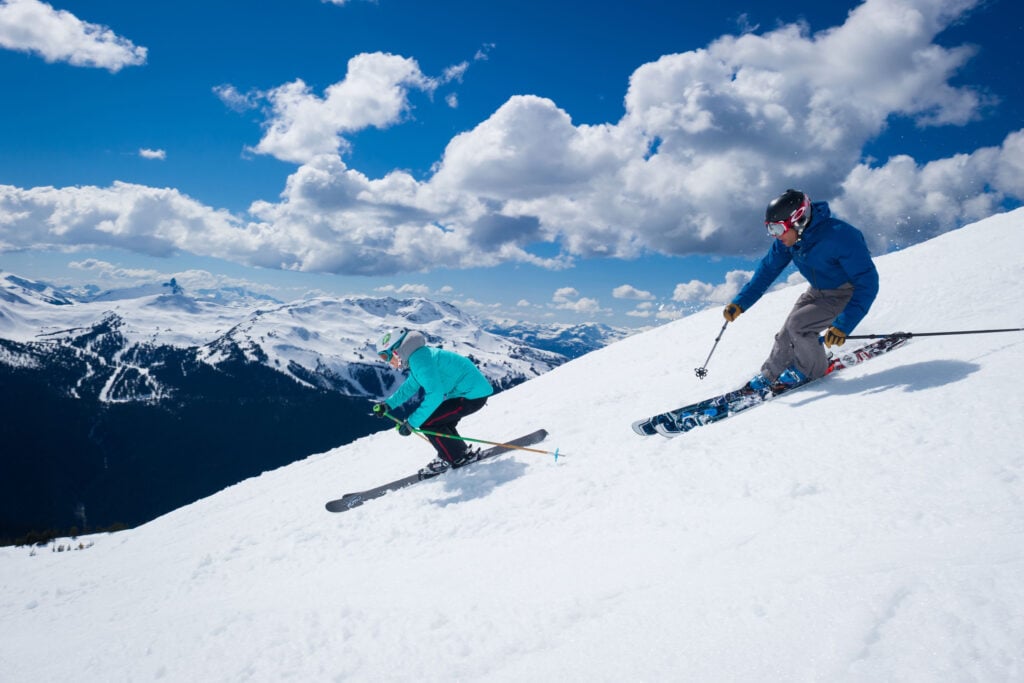
Time to get there:
Around two hours
Accessible by public transport?
Yes, you can book a shuttle bus from as little as CA$43 for an adult return ticket, departing from Vancouver International Airport or Downtown Vancouver.
Activities not to be missed:
- Hit the slopes: In winter, Whistler is one of the most popular ski resorts in North America. As well as the obvious skiing or snowboarding, you can take a snowmobile tour, try out the bobsleigh or soak in the Scandinavian-inspired spa. For more information, check out Whistler in winter.
- Peak 2 Peak Gondola: During the summertime, ride the longest gondola in the world that connects Whistler and Blackcomb peaks. Starting from CA$99 for a one-day adult pass, you can have access to both Whistler and Blackcomb mountains, sightseeing and all the hiking trails available.
- Whistler Train Wreck: Enjoy a leisurely walk (1.2 miles return) through lush forest, past waterfalls and over a suspension bridge to a unique site of abandoned train carriages, which have since been covered in brightly-coloured graffiti.
- See the Olympic Rings: Olympic Plaza was built for the 2010 Winter Olympics, so you can’t come to Whistler without a pit stop at the famous Olympic Rings. There will often be events or live music taking place and it’s not far from here to the main shopping and dining streets in Whistler Village.
- Take part in some extreme sports: There’s just as much going on in Whistler in the summer as there is during ski season. Bungee jumping, white water rafting, mountain biking, rock climbing, ziplining… you name it, you can probably do it in Whistler!
Top tips:
- Check what’s open before you plan your visit. Summer season tends to run from around June to September and the winter season from around November to March. If you come outside of these times, prices will be cheaper but there might be less open for you to do.
- Whistler is not very budget-friendly, since most of the main activities (ski passes, the gondola, etc.) are expensive, as are accommodation and restaurants. If travelling on a budget, you may want to consider a HI Hostel membership. Also, make the most of the free walks and hikes nearby, such as the Train Wreck or Joffre Lakes (you’ll need a day pass during summer, although these are free of charge).
Victoria, the provincial capital
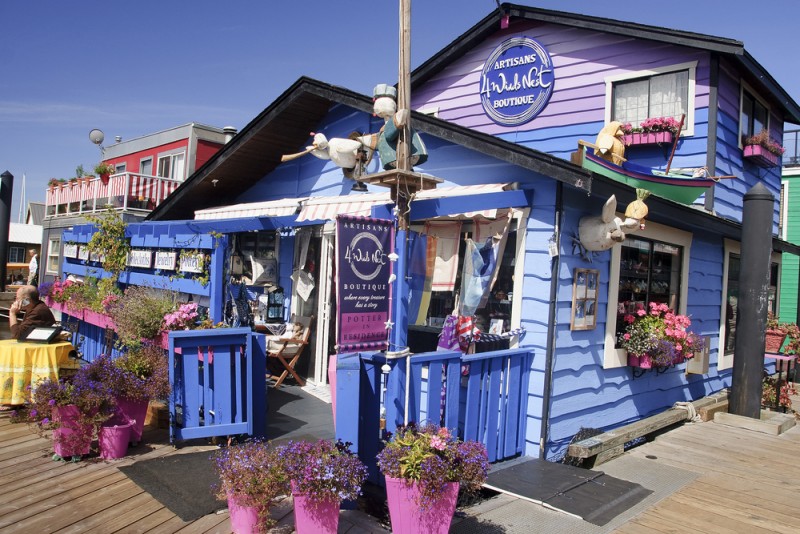
Time to get there:
Around three hours (by car) or four hours (public transport)
Accessible by public transport?
Yes, you can take the ferry to Victoria as a foot passenger (or bring a bike on board!) and use the BC Transit buses to get downtown from the ferry terminal.
Activities not to be missed:
- Butchart Gardens: These gardens are world-renowned and run varying events for each season. Although spring and summer are the best times for the blooming flowers, you can expect Christmas carolling and magical tree displays during the holiday season.
- Beacon Hill Park: Like in Stanley Park, you can go for a simple wander or check out some of the many attractions within the park. Highlights include the Mile 0 marker for the Trans-Canada highway, the Moss Lady sculpture and the World’s Tallest Free-Standing Totem Pole. There’s also a Children’s Farm if you are travelling with the whole family.
- Victoria Harbour: Follow the path along the harbourfront to see some of Victoria’s most impressive sites, from Chinatown to the Fairmont Empress and Parliament House. Continue as far as Fisherman’s Wharf to grab some fish and chips, take in the colourful, floating houses (yes, people really live here!) or jump on board the famous pickle boats.
- Craigdarroch Castle: Get a glimpse into the past of Scottish-born coal baron Robert Dunsmuir, once the richest man in BC! Built in the Victorian era, the castle offers self-guided tours from Wednesdays to Sundays. If you have a National Trust membership, you can get free entry.
Top tips:
- Victoria is ideal for car-free holidays, as most of its downtown is walkable. To go further afield, public transport keeps Victoria well-connected. For an easier time, you can spend a bit more (CA$60 for a 24-hour adult pass) on the hop-on, hop-off bus that stops at all the main attractions.
- Victoria has a warmer climate than Vancouver and rarely freezes. Although it still experiences rain, it statistically rains a lot less than the rest of the West Coast and has the most days of sunshine! As such, Victoria is a great destination for the shoulder seasons. You can avoid the peak tourist season in summer (and the prices to go with it) whilst still experiencing a manageable climate.
Nanaimo, the Harbour City
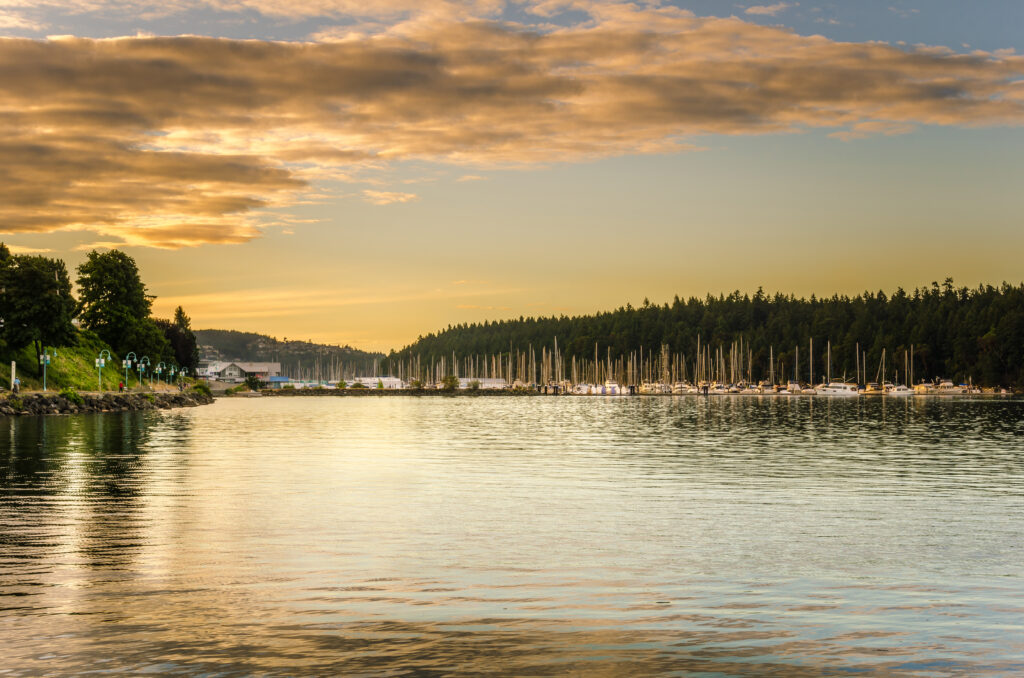
Time to get there:
Around three hours
Accessible by public transport?
Yes, you can take the ferry to Nanaimo as a foot passenger (or bring a bike on board!) and use the BC Transit buses to get downtown from the ferry terminal.
Activities not to be missed:
- Try the Nanaimo Bar: Nanaimo Bars have become synonymous with its namesake town. You can use the Nanaimo Bar Trail to find variations on the classic bar: cupcakes, cheesecake, ice cream, coffee, etc. Top tip: get the Nanaimo Bar cocktail; it won’t disappoint!
- See some prehistoric petroglyphs: At the South end of Nanaimo, you will find a collection of petroglyphs—prehistoric carvings—at Petroglyph Park. Created over 1,000 years ago by the First Nations peoples, these traditional carvings are just a short walk away from the car park, or can be reached by bus if you don’t have a car.
- Scuba diving: You might not often associate Canada with scuba diving but Nanaimo offers both cold water diving and snorkelling excursions around the harbour reefs. You can swim with seals or even explore the three shipwrecks located within 20 minutes of the Nanaimo dock.
- Walk along the harbourfront: The Harbourfront Walkway is popular among tourists and locals alike. Follow the trail to Swy-a-Lana Lagoon and Maffeo Sutton Park, where you can take a photo with the Nanaimo Sign.
Top tips:
- There is so much to do on Vancouver Island in general and Nanaimo is brilliantly located for exploring further—you can head North to visit the grizzly bears or pick up the BC-4 W to reach Tofino or Ucluelet. You might, therefore, want to combine your weekend in Nanaimo with some other travels around the island before catching the ferry back to Vancouver.
- Check before you travel to see if there’s an event on—Nanaimo hosts many festivals and events throughout the year, like the Nanaimo Fringe Festival in August or farmers’ markets and night markets during the summer. For more information, see the Tourism Nanaimo website.
- Nanaimo is camping-friendly, so if you want to bring a campervan over from the mainland, you can save some money by avoiding expensive hotels or B&Bs. Check out the list of campgrounds here.
Seattle, Vancouver’s American twin
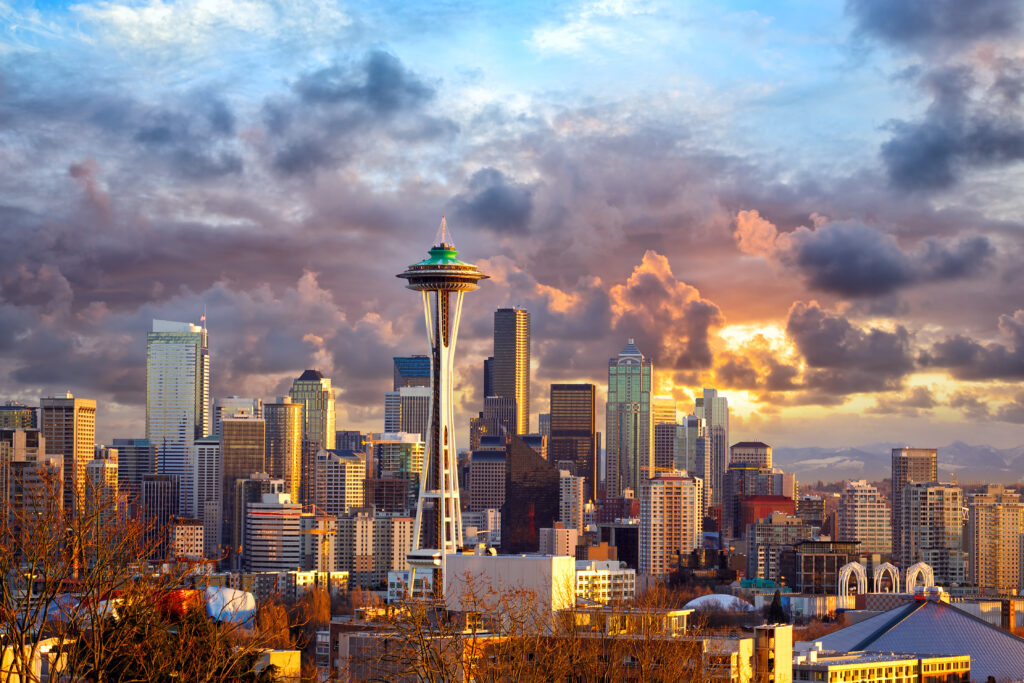
Time to get there:
Around three hours (by car) or four hours (public transport)
Accessible by public transport?
Yes, you can use Flixbus (previously Greyhound) to travel between Vancouver and Seattle.
Activities not to be missed:
- Pike Place Market: Seattle’s original farmer’s market, Pike Place and its surrounding neighbourhood are worth the visit, even though it’s become a bit of a tourist trap. See the flying fish at the Fish Market, the “first” Starbucks (real fans will know it is technically the second Starbucks, but the true original location on Western Avenue is no longer standing) or the infamous Gum Wall.
- Chihuly Gardens and Glass: If you’re going to pay for any attraction in Seattle, make it this one. A tribute to Dale Chihuly, iconic Seattle glass artist, the glasshouse and gardens house some of his best works over the years. It also has a bar that partners with local artisans! You can buy combo tickets that include a trip up the neighbouring Space Needle, another popular tourist attraction (but not necessarily a must-do recommendation).
- Fremont: This quirky neighbourhood calls itself the Centre of the Universe. Fremont is famous for its troll, but also for its celebration of the arts and good food. Walk around Gas Works Park, a unique park that has converted industrial machinery into a family-friendly play area, and enjoy the views of downtown Seattle. Spend a lazy afternoon sampling beers from the various breweries (Fremont Brewing is most popular for its outdoor beer garden) or indulge your sweet tooth at the flagship store for Theo Chocolate.
- Bainbridge Island: Take the 35-minute ferry over to Bainbridge Island for beautiful views of the city skyline. Once there, you can explore the hiking trails of Grand Forest, take in some culture at one of the museums or relax with a wine tasting.
Top tips:
- To visit the US, make sure you bring your passport and apply for the visa/ESTA required for your citizenship. Learn more about the requirements here. Bring all the paperwork you used to activate your IEC permit as well, as a border services officer in Canada may ask to see them when you return to Vancouver.
- Pack layers and a raincoat! Seattle rivals Vancouver with its average yearly rainfall and, unless you’re visiting in the height of summer, you can expect cloudy days and a high chance of getting wet.
- Staying in downtown Seattle is expensive these days. Don’t let this put you off visiting, however, as Seattle has good public transport links if you stay further out. You might want to leave the car at home—between the traffic and lack of decent parking downtown, it could make your limited time in Seattle stressful.
- Seattle has a lot going on if you’re on a budget. Be sure to check what’s on once you know your trip dates—for example, you might be able to go on a free boat ride or explore the Amazon Spheres. These events are offered on a first-come, first-served basis, so be sure to keep an eye on when the registrations open.
North Cascades National Park, Washington State’s underrated gem
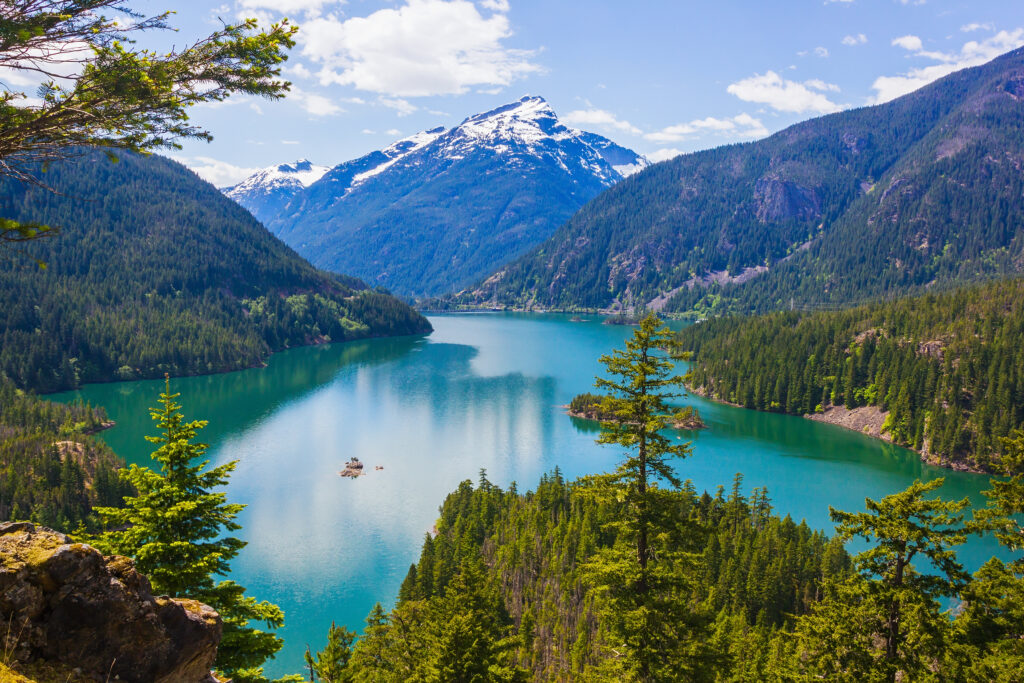
Time to get there:
Around three hours
Accessible by public transport?
No, it’s best to do this weekend trip with a car. Otherwise, you could pick up a guided tour from Seattle for a long day trip.
Activities not to be missed:
- Diablo Lake: If you’ve ever seen the stunning photos of the North Cascades, they were probably taken here. You can hike the 7.6 mile Diablo Lake trail or enjoy a shorter stop-off at the Diablo Lake Vista Point.
- Hiking: North Cascades has an abundance of trails to choose from. From easy walks (like the 300 m Sterling Munro Boardwalk trail, which is barely a walk!) to all-day hikes, there will be a trail to suit every ability.
- Stehekin: The only way to reach this isolated community is by boat, plane or on foot. Once you have made it to Stehekin, you can rent bicycles or an electric boat, go fly fishing, ride horses or do some more hiking.
- Boating: North Cascades National Park is special because of its many lakes (several campgrounds are also set up for boat-in access). You can explore Diablo Lake, Ross Lake and Lake Chelan (if you go to Stehekin) in kayaks, canoes or rental boats. In the summer, when the snow melts, you can also white-water raft on the Skagit River.
Top tips:
- Although the North Cascades Highway is free to enter, remember to purchase your National Forest pass for US$5 per day if you are visiting the adjacent forests (you’ll need the pass to visit popular spots Rainy Lake and the Maple Pass Loop). You can buy it on the day or as an epass in advance.
- If you’re quick, you can find some no-fee campgrounds on a first-come, first-serve basis. For more information on camping, check out the National Park Service website. Winthrop is a recommended town if you want to stay outside of the park. Burlington and Mount Vernon are a bit further away but often have cheaper motel deals.
- Highway 20 (the main route into the North Cascades) usually closes between November and April or May, depending on snowfall. Remember to consult the National Park Service website to see what’s open before you plan your weekend away.
Mt. Baker, the tallest peak in the North Cascades
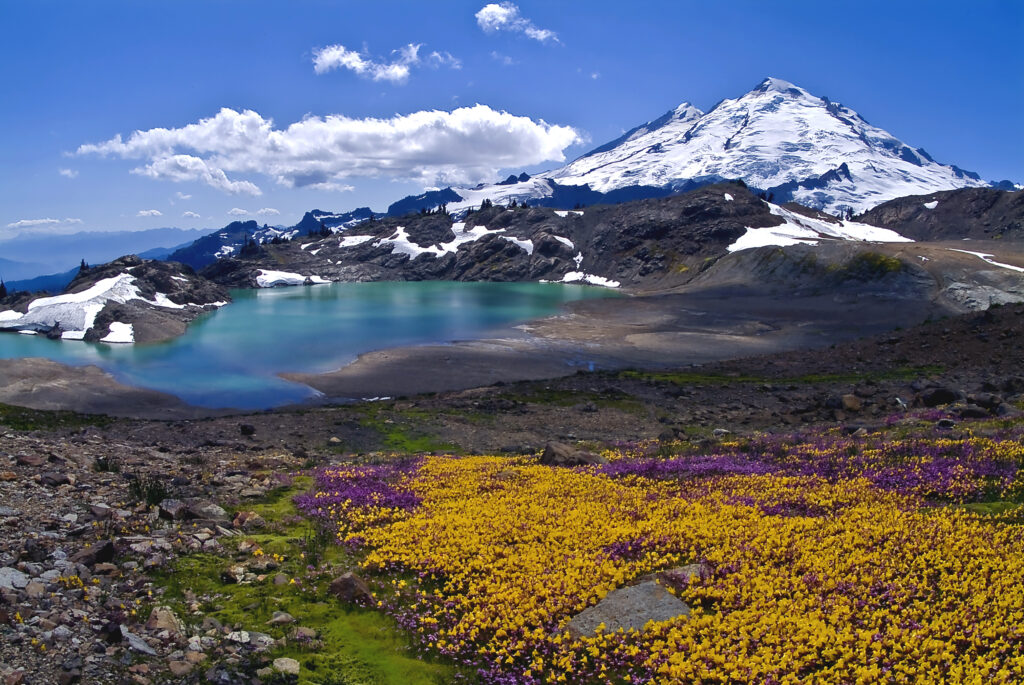
Time to get there:
Around two hours
Accessible by public transport?
No, it’s best to do this weekend trip with a car. Otherwise, you could pick up a guided tour from Seattle or neighbouring towns (e.g. Burlington, Mount Vernon, etc.) for a long day trip.
Activities not to be missed:
- Hike to the top of Mt. Baker: Experienced mountaineers can scale the summit of the stratovolcano year-round. Novice climbers can book a two- or three-day tour with a guide. Guided tours operate during summer when the weather is more reliable.
- Skiing: You can book skiing adventures that range from one- to three-day descents. Due to its status as the highest peak in the North Cascades, Mt. Baker often has large snowfalls, meaning you can plan a ski trip for almost any time of the year.
- Picture Lake: One of the most photographed lakes in North America, you can see the reflection of Mt. Shuksan in the lake on a clear day. It’s most beautiful during July and August when the wildflowers are blooming.
- Nooksack Falls: Just off the Mt. Baker highway, these falls are easily accessible via a short, family-friendly trail. It only takes about five minutes to reach the falls from the car park, making it a great stopping point on your way to longer hikes.
- Artist Point: Another popular location due to its stunning views of Mt. Shuksan, Mt. Baker and the North Cascade range from the car park. It’s also the setting off point for a number of trails, including the 1.5 mile Artist Ridge trail and the more challenging 6.2 mile Chain Lakes trail. Check the conditions before setting off, as Artist Point road closes during winter and heavy snowfall.
Top tips:
- Although Mt. Baker is part of the Cascade Range, don’t be fooled by the distance—it’s a three-hour drive from the locations at North Cascades National Park to Mt. Baker!
- Remember to purchase your National Forest pass for US$5 per day. You can buy it on the day or as an epass in advance.
- If you’re looking to save money on accommodation, you can use the Forest Services website to check the availability of the nearby campgrounds. Glacier is the nearest town if you want to stay outside of the park.












 Français
Français English
English






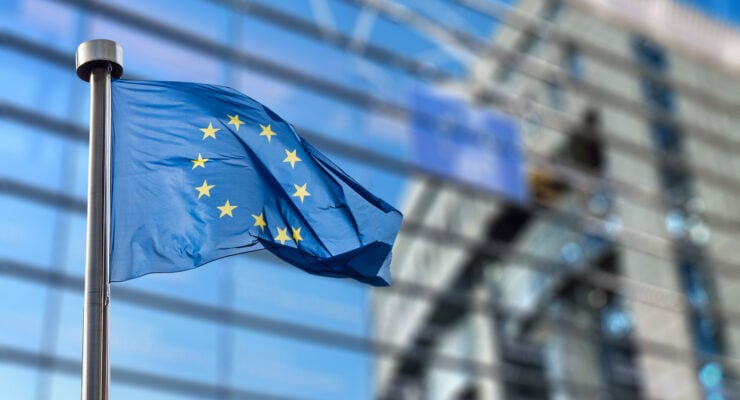
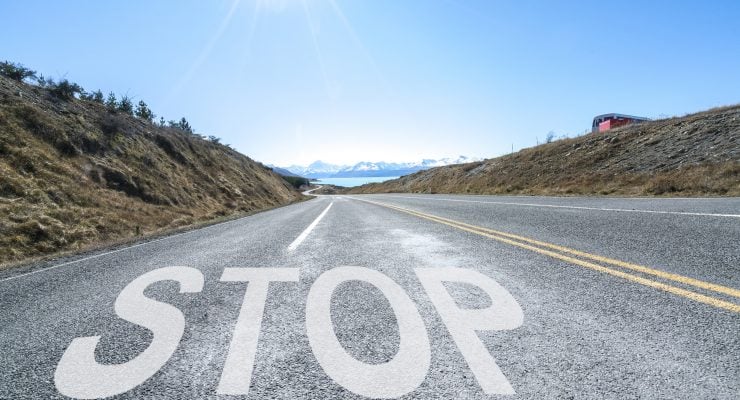
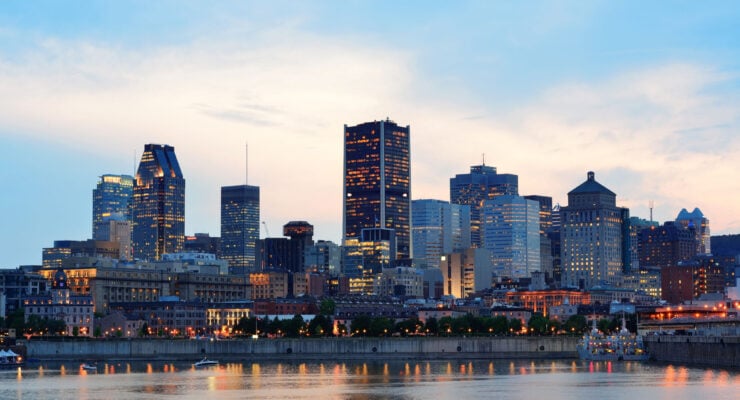
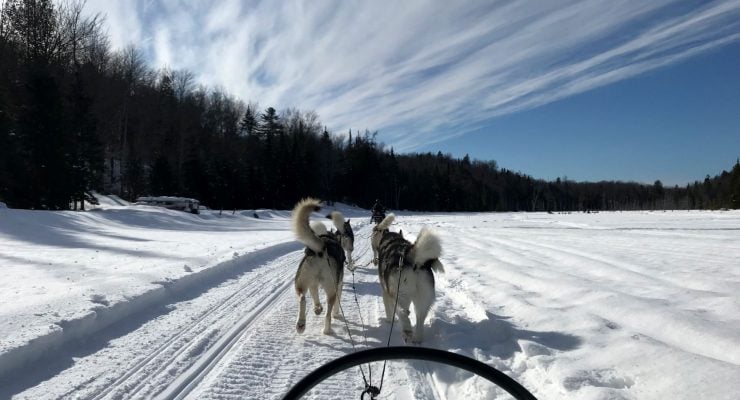
0 comments
{{like.username}}
Loading...
Load more